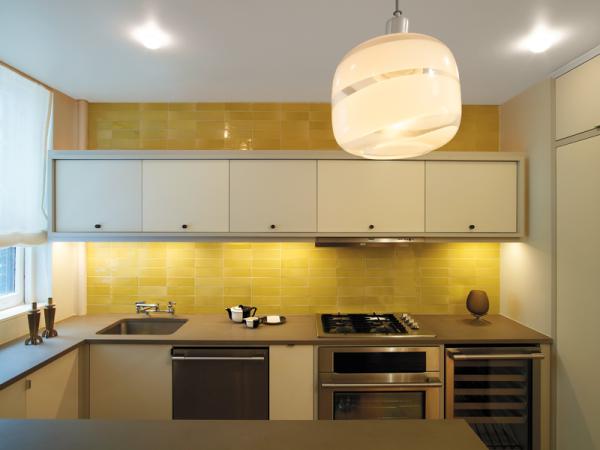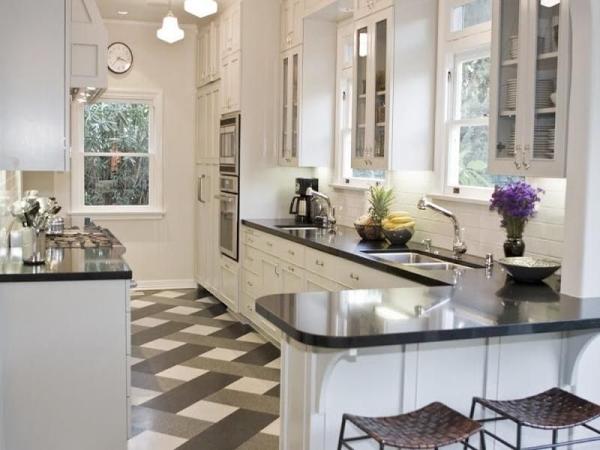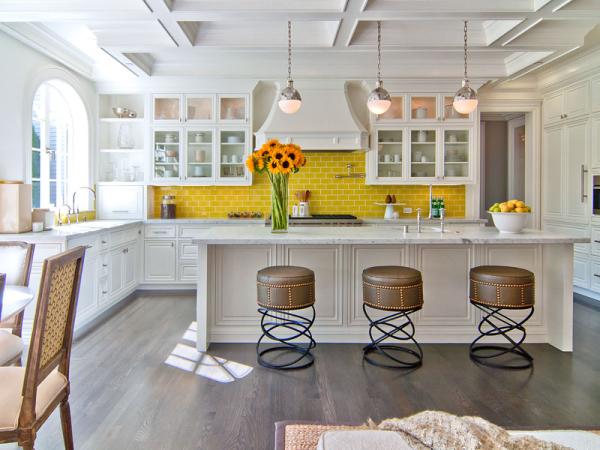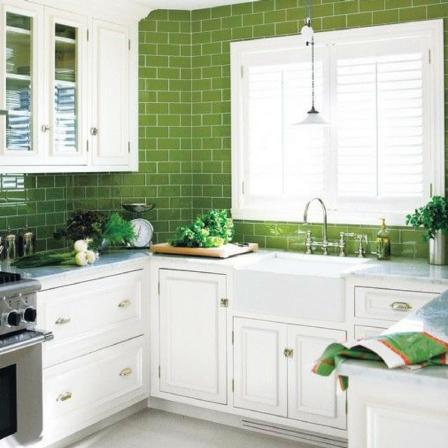Wall, backsplash, floor, and other similar surfaces typically can be coated with porcelain polished gloss ceramic tiles. They should not be used on floors since they are little slick. Because unglazed polished tiles are less slippery than glazed ones, they are suitable for practically any use, including flooring. As its name indicates, polished porcelain has a high sheen and a smooth surface. It is offered in a variety of finishes, hues, and 3D surfaces. There are two versions of these polished tiles: Glazed: While the primary production process for both types of tiles is the same, glazed tiles have a layer of liquid glass put to them before to being fired. Despite the fact that the glaze may reduce the item’s longevity, it features intricate designs that are both eye-catching and durable. Unglazed: With this type of tile, there is no need to worry about the glazing deteriorating.
Polished and unglazed porcelain tiles have the same look and texture. Unlike glazed tiles, unpolished tiles are more durable because they are denser and thicker. The qualities of polished porcelain tiles vary depending on whether or not they are glazed, but they have the following benefits in general: Do not scratch easily: Especially the unglazed version, polished porcelain tiles are scratch-resistant. Scratches are not easily noticeable on unglazed polished tiles due to their rough and natural texture. Due to their rough texture, unglazed polished porcelain tiles are more resistant to fading and wear than glazed tiles. Consequently, they are suitable for high-traffic areas like halls and kitchens. Because they are water- and stain-resistant, polished porcelain tiles are a good option for shower walls and other wet areas, such as kitchen backsplashes. The shiny surface of porcelain tiles contributes to the aesthetic attractiveness of any space. The shimmering and glossy surface gives a sense of elegance and is offered in a number of designs and patterns, including digital-print.
polished porcelain tile problems
Customers are more likely to be dissatisfied with porcelain polished tiles due to a combination of low tile quality, obvious surface defects, and often unreasonable problems. The following are the most often observed surface problems on porcelain tiles that have been polished: Optical mist, Grinding marks, Lippage perception, Dimensional tolerances, Variation in shade or hue, Cleaning and staining efficiency, and, Slip-resistant or slippery floor tiles. It is possible that the lippage of polished porcelain tiles was not caused by the tiles or the tiler who installed them, but rather by a mix of causes.
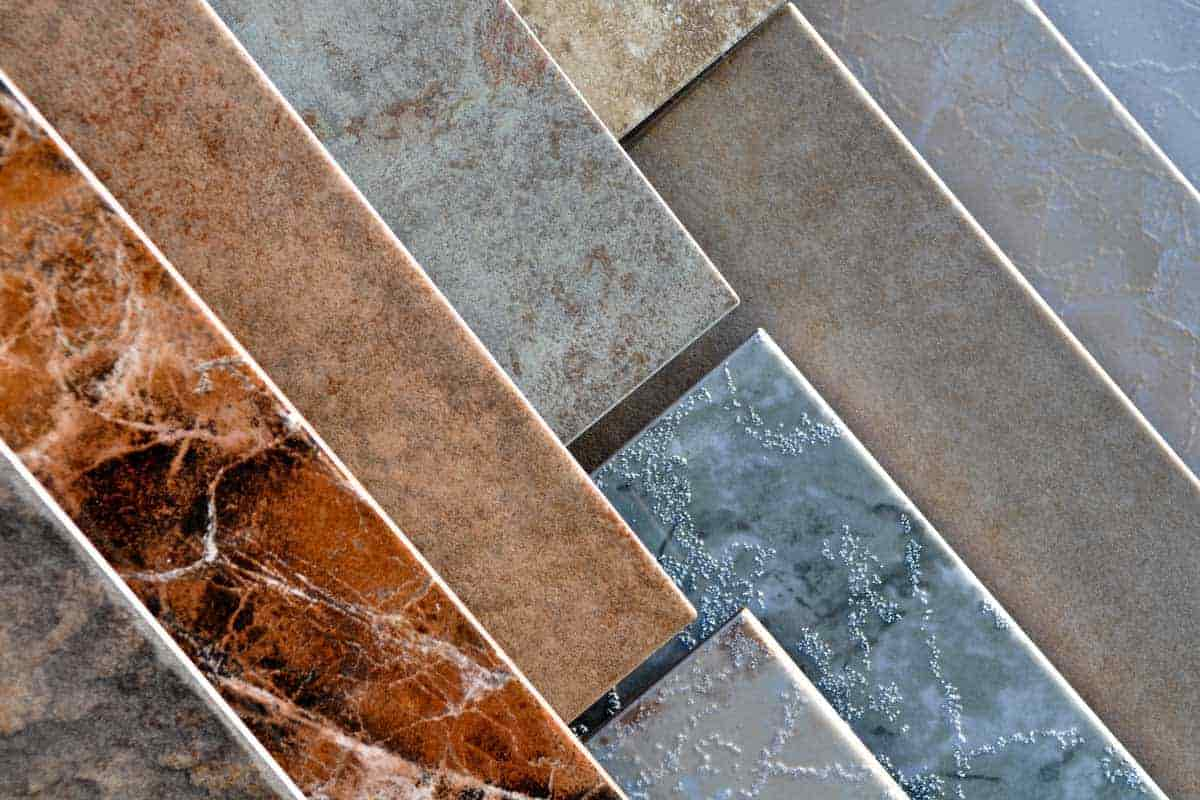 Alternative ceramic tiles in floor walls
Alternative ceramic tiles in floor walls
The following parameters must be considered when assessing the degree of lippage in a tiling installation: the flatness of the substrate’s surface, Warpage or curve of tiling, the pattern in which tiles are arranged, Workmanship. Many individuals are unaware that polished porcelain tiles may be bent up to 0.5% of their length. According to Australian and International Standards, the polished surface of a 600 600 mm porcelain tile may deform up to 3 mm. Regarding ceramic tile installation, it may be difficult to reduce the amount of lippage of polished porcelain tiles to less than 1 mm in some cases. When analyzing the bad tiling appearance, other factors must be considered. Shade variation is a frequent source of faults in polished porcelain tiles. Due to the global availability of natural raw materials, unglazed tiles have greater inherent color variation. Different boxes and batches may have small color variations. A method for determining color variation is described in Determination of Minor Color Difference. This can also occur as a result of water staining or marking in reverse. Numerous individuals are unaware that polished porcelain tiles are unglazed, and that unglazed ceramic tiles are less susceptible to stains. Before selecting polished porcelain tiles, Experiences suggests performing your own stain tests using common household items and a selection of sealants.
polished porcelain floor tiles 600×600
600×600 is a kind of modern, large, glossy porcelain polished floor tiles that are ideal for residential and commercial applications. The highly polished surface provides dimension and elegance to any arrangement. This tile is ideal for use in bathrooms, kitchens, conservatories, and commercial spaces such as offices and retail because to its durability and resilience.
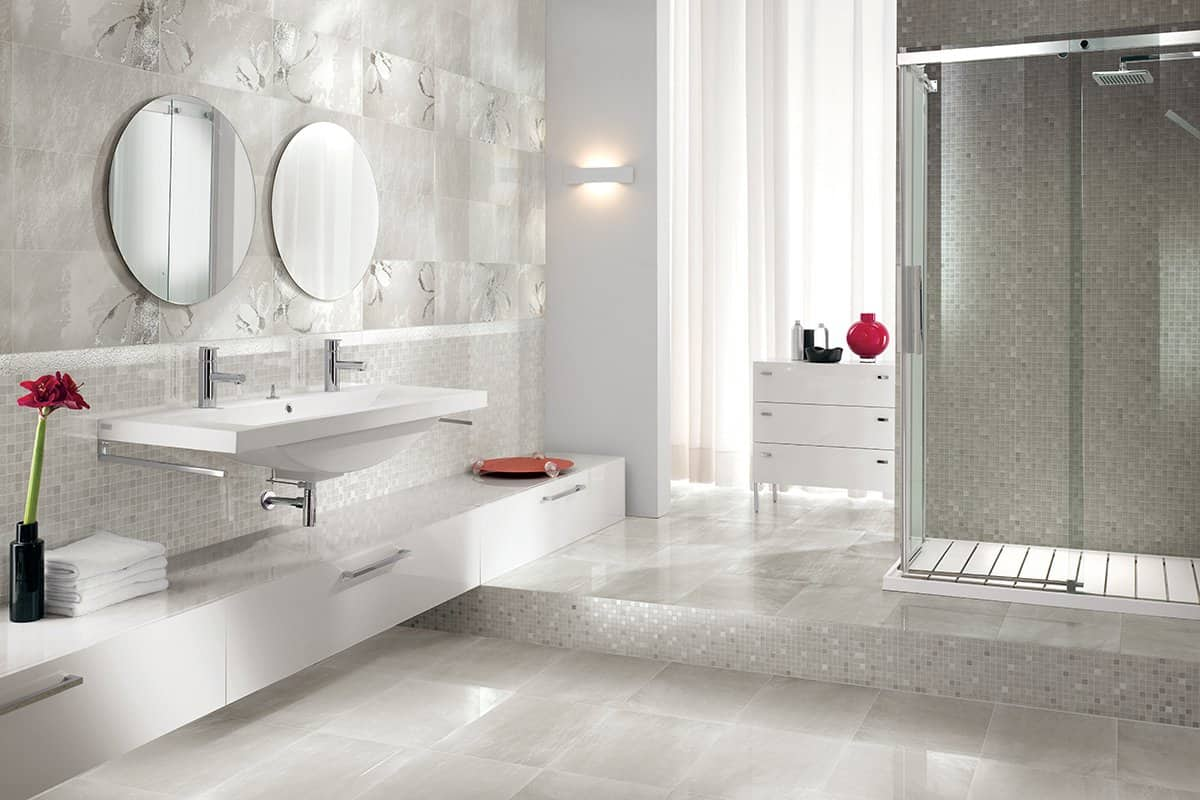 Ceramic tiles installation shower
Ceramic tiles installation shower
This tile must be treated with mpg polished tile sealer during installation. As floor- and wall-coverings, porcelain tiles with a polished finish have grown in popularity. The glazed and polished surface of a polished porcelain tile distinguishes it. Despite their attractive look, porcelain tiles are gaining favor among homeowners because they provide various advantages over concrete and ceramic tiles. Due to the material used, polished porcelain tiles have a high durability, resistance to wear and tear, and a minimum PEI rating of five. Regardless of the location, these tiles can resist severe impact without being damaged and are excellent for both residential and commercial projects. When building or upgrading a house, polished porcelain tiles may be a worthwhile investment. Contrary to carpets and hardwood flooring, porcelain tiles are not susceptible to discoloration. Liquids such as juice, wine, and colored beverages can stain the floor if they are spilled. Porous porcelain tiles that have been polished feature exceptionally large pores. Simple wiping or damp rubbing will not leave impressions on an impervious surface from any spill. Using this method, you may install polished porcelain tiles in your kitchen, dining room, or any other area in your home or company. Porcelain tiles do not require any specific upkeep. With their less porous surfaces, porcelain tiles are easier to clean since they retain dirt and stains. A solution of warm water and mild soap/detergent will serve to clean the shining surface.
To maintain porcelain tiles looking their best, there is no need to purchase expensive cleaning solutions or oils when you can use a simple combination of inexpensive tile cleaner and your preferred fragrances.
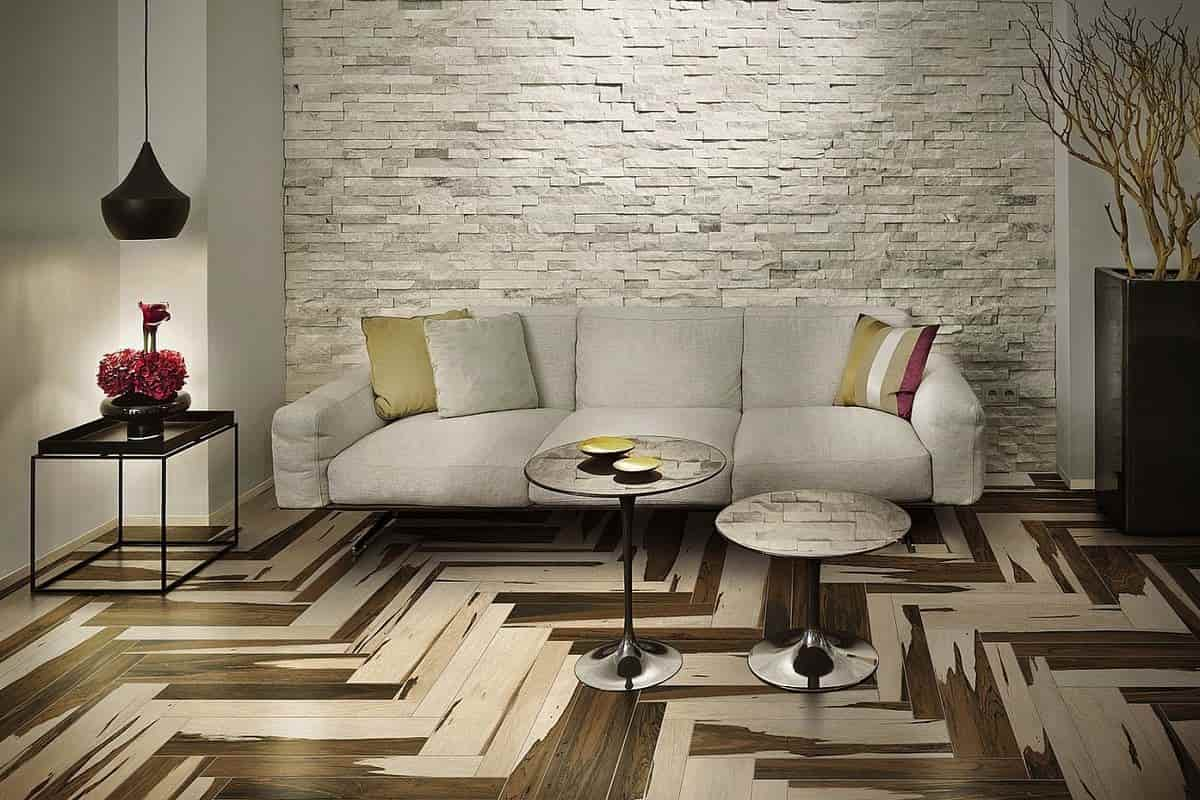 Vitrified glazed ceramic tiles disadvantages
Vitrified glazed ceramic tiles disadvantages
difference between polished and gloss tiles
Considering the difference between a polished finish and gloss finish, glossy finish tiles are distinguished by not being generated using a polishing wheel but rather a gloss finish. Depending on the roughness of the tile, gloss glazes may pool in some areas, resulting in a glaze that is thicker or thinner in specific areas, as well as color variations. During the first firing, the desired design or color is put to the tile, followed by a clear coat application during the second fire. After that, they undergo the same polishing procedure as stone, which comprises passing under polishing wheels containing water and polishing compound. In the last phase, a sealer is applied to the tiles to preserve their brilliance. To create the impression of natural stone that they are attempting to emulate, porcelain or ceramic tiles with stone-like surfaces are commonly polished. Finishes, which relate to the several effects that may be applied to the surface of a tile to vary its look, are often categorized as ceramic, porcelain, and other man-made tiles, or stone. Because ceramic, porcelain, and other man-made tiles can be handled differently than stone, this is the case. After examining the processes that give stone its characteristic finishes, we will focus on synthetic tiles. Because polished tiles are so resilient and resistant to wear and tear, they are ideal for high-traffic areas such as entrances, kitchens, and living rooms. You won’t believe how easy it is to keep and clean these new tiles, particularly if you previously had polished natural stone tiles in your house. Due to the thickness and hardness of porcelain’s surface, polishing has developed as a viable alternative to glazing. This means that a tile may be burnt and then polished to provide a gloss without first requiring a glaze. In contrast, porcelain that has been polished may require sealing, although standard glazed tiles do not. 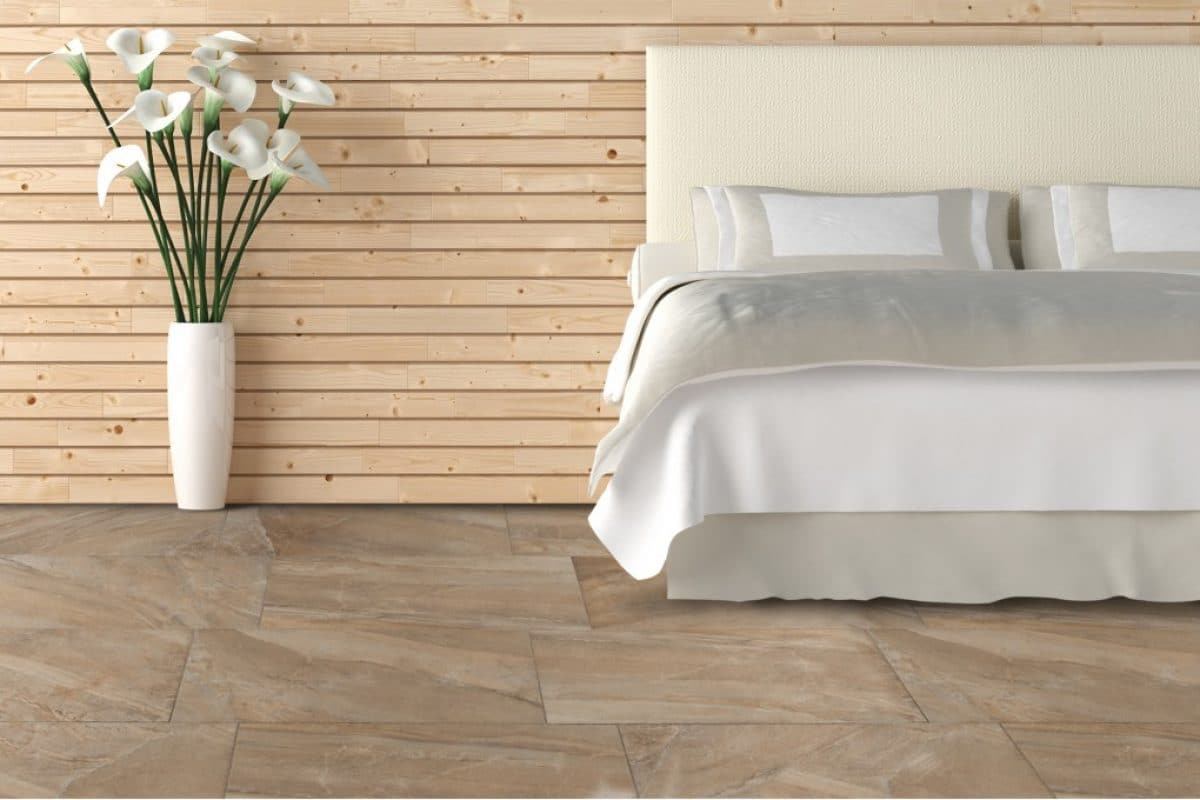
polished porcelain tiles
As floor and wall coverings, porcelain tiles with a polished finish have grown in popularity. The glazed and polished surface of a polished porcelain tile distinguishes it. Despite their attractive look, porcelain tiles are gaining favor among homeowners because they provide various advantages over concrete and ceramic tiles. Depending on the material used, polished porcelain tiles have a PEI rating of at least five and a strong resistance to wear and tear. Regardless of the location, these tiles can resist severe impact without being damaged and are excellent for both residential and commercial projects. When building or upgrading a house, polished porcelain tiles may be a worthwhile investment. The glaze protects the surface of porcelain tiles from repetitive scratching. Therefore, glossy porcelain tiles can easily handle heavy foot activity in your home. They are not as sensitive to scuffing as ceramics or solid wood boards. Therefore, porcelain tiles may be utilized in the kitchen or bathroom and yet preserve their look over time. The majority of contemporary folks view it as a lifetime investment for their homes. With increased demand and more manufacturers of polished porcelain tiles, the market becomes increasingly competitive, resulting in a decline in price. For new home building or renovations, porcelain tile is quickly becoming the most cost-effective alternative. Porcelain tiles are available in a variety of qualities, but the price range is wider, allowing all homeowners to select marble tiles that meet their budget. Whether used indoors or outdoors, polished porcelain tiles are incredibly simple to clean of stains, bacteria, and viruses. People will not hesitate to mop porcelain tiles more often since it is simpler and requires less time than cleaning wooden floors. This way, individuals may constantly maintain a safe and healthy environment in their homes. 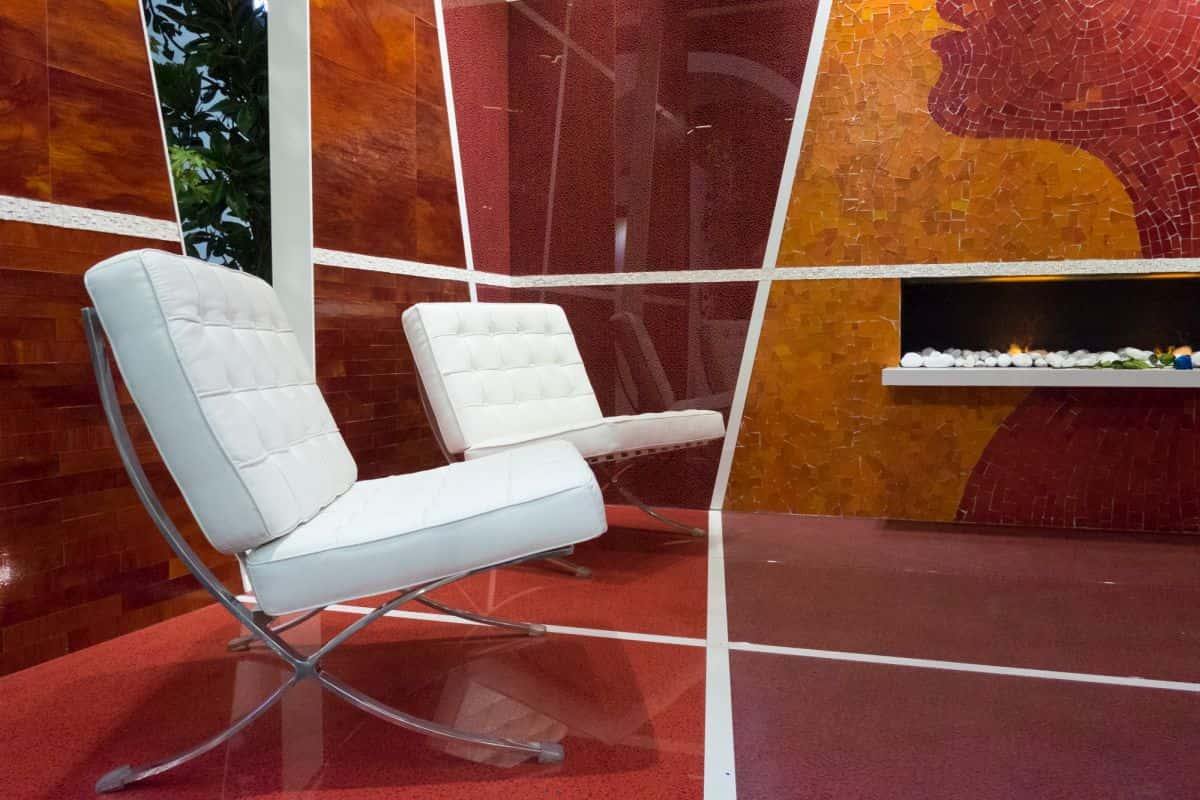
polished porcelain floor tiles pros and cons
There are a number of pros and cons to polished porcelain floor tiles and slabs, all of which combine to make a porcelain tile floor rather appealing. There is a reason why porcelain tiles are more expensive than other tile options, which discourages many individuals from installing them in their homes or businesses. Taking the time to learn about all of the advantages may make the price tag more manageable, and before you know it, you might be paying for your own porcelain tile installation with glee. Porcelain tile is more durable and resistant to wear than standard ceramic tile. This is because porcelain tile has fewer air pockets, is denser, is manufactured more consistently, and is often more durable and thicker than most other tile varieties. Due to its longevity, porcelain tile flooring is a popular option for commercial and rental properties. One of the greatest advantages of porcelain tile is that it can tolerate animals and last for many years in good condition. For a variety of reasons, porcelain tile floors are great for high-traffic areas, making them perfect for commercial use. Even when subjected to the abrasive claws of dogs, this flooring is very resistant to wear and fracture. The flooring is very resistant to moisture and simple to clean. These numerous benefits make porcelain tile flooring appropriate for locations with heavy foot activity. As a result of its greater density, porcelain tile is more difficult to deal with. The characteristics that make it so durable and reliable also make it more difficult to cut and organize efficiently. Because porcelain tile is so dense, only the most qualified flooring specialists should install it. Porcelain tile floors are clearly more expensive, which is something to consider if your budget is already stretched, but it shouldn’t be the only factor you consider when choosing a flooring material. 
polished porcelain floor tiles vs matte
Kitchens, bathrooms, and hallways floor will benefit from tiling with polished matte finish porcelain tiles. Matt tiles may conceal smudges, stains, and dried water droplets better than glossy tiles. Matt tiles do not need to be cleaned as regularly, and when they are, water and soap stains are less of an issue. Porcelain tile is a typical selection for bathroom flooring. It is a denser, less porous, and tougher alternative to ceramic tile that is more resistant to water and stains. Matte tile is slip-resistant, better conceals debris, and may give your bathroom a rustic look. Glossy surfaces make a room appear larger, are simpler to clean, and illuminate the space. When necessary, it is more challenging to clean matte tile. As with any other smooth, glossy surface, polished porcelain is more slippery than matte varieties, especially when wet. They are not permitted in toilets. Unpolished tiles with a matte finish and a rough surface provide better foot grip and are hence nonslip. A wide variety of porcelain polished tiles are available with remarkable quality and design in our company, contact us for more information.

